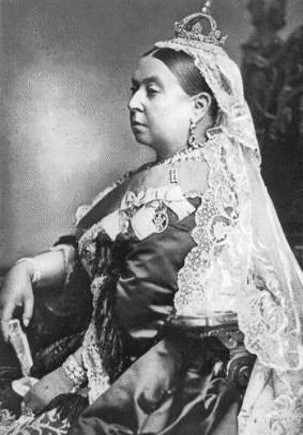The Victorian Age is named after Queen Victoria who reigned over Britain from 1837 to 1900 and therefore coincides with the 19th century.
This period was characterised by material progress, as a consequence of the Industrial Revolution, and colonial expansion, but also by cultural progress and social reforms.
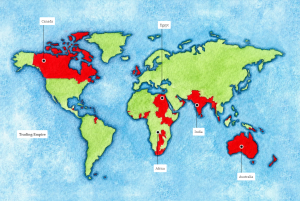
Per visualizzare l’estensione dell’Impero Britannico vai sulla mappa interattiva al seguente link esterno.
https://www.dkfindout.com/uk/history/victorian-britain/british-empire/
New Materials
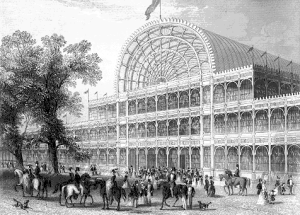
The Railway
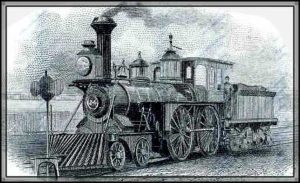
The Telegraph and the Morse Code
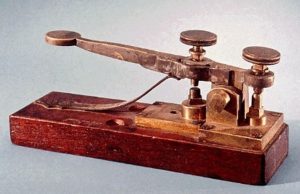
The Victorian Age was a complex period: on the one hand, the rising wealth of the upper and middle classes, stability and great social reforms; on the other hand, poverty, injustice and social uneasiness.
The upper and middle classes, who had political power and wealth, were great moralisers: they promoted certain values that reflected the world as they wanted it to be, not as it really was, founded on duties, hard work, respectability and charity.
In fact, in the 19th century it appeared natural to believe that material progress would come from hard work and that a sense of duty was more important than individual aptitude.
Respectability was a mix of both morality and hypocrisy, severity and conformity to social rules. People were respectable if they possessed good manners, a comfortable house with servants and a carriage, and attended regularly at church. Rich people, especially women had the social duty to be charitable to every kind of poverty: orphans, fallen women and drunken men.
The Victorian family was patriarchal and the women were primarily concerned with raising children and housekeeping.
Unmarried mothers were marginalised as ‘fallen women’. Sexuality was generally repressed in its public and private forms, and moralising ‘prudishness’ led to the condemnation of nudity in art and the rejection of words with a sexual connotation from everyday vocabulary.
Literary link:
Tess of the d’Urbervilles: A Pure Woman Faithfully Presented, Thomas Hardy, 1891

